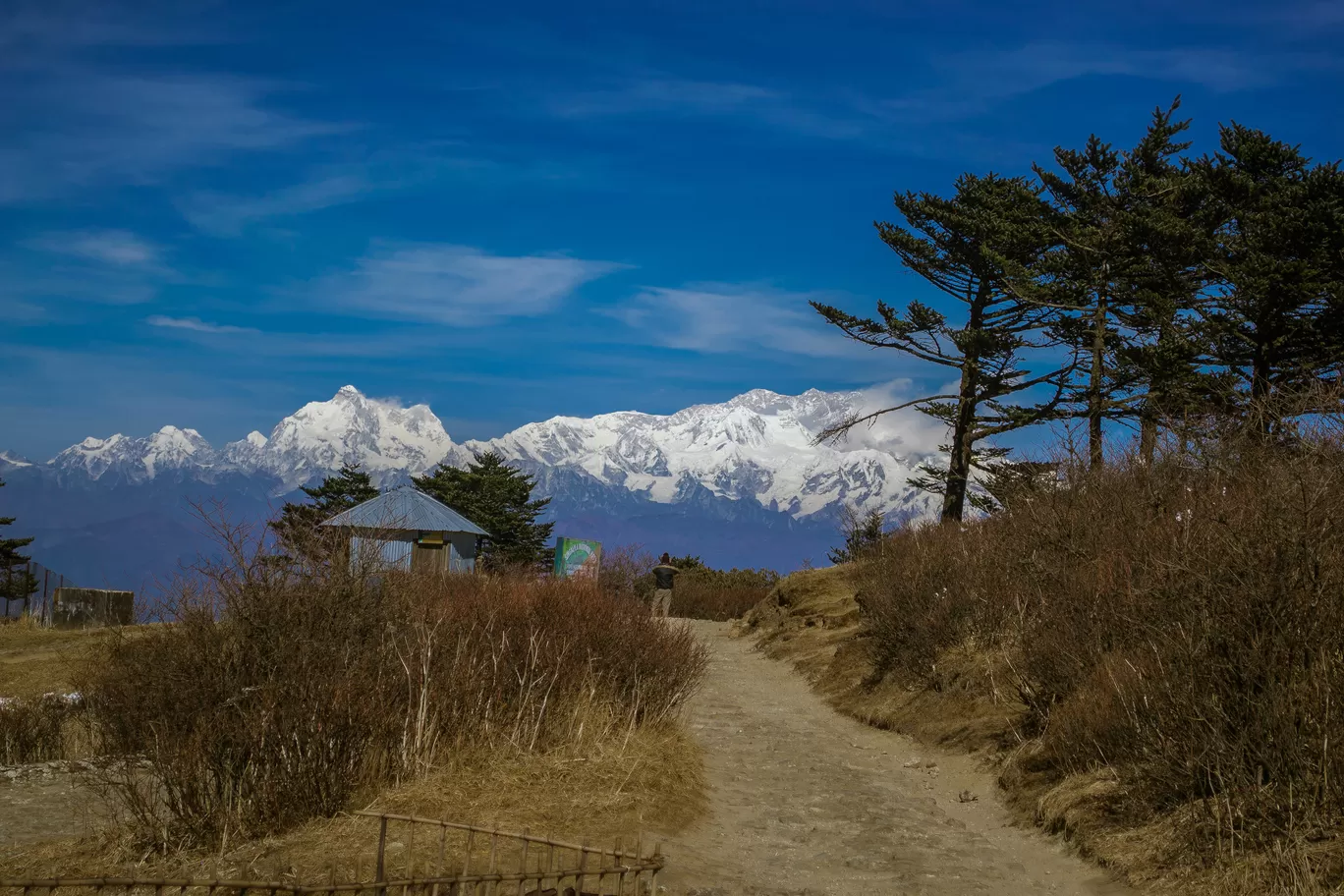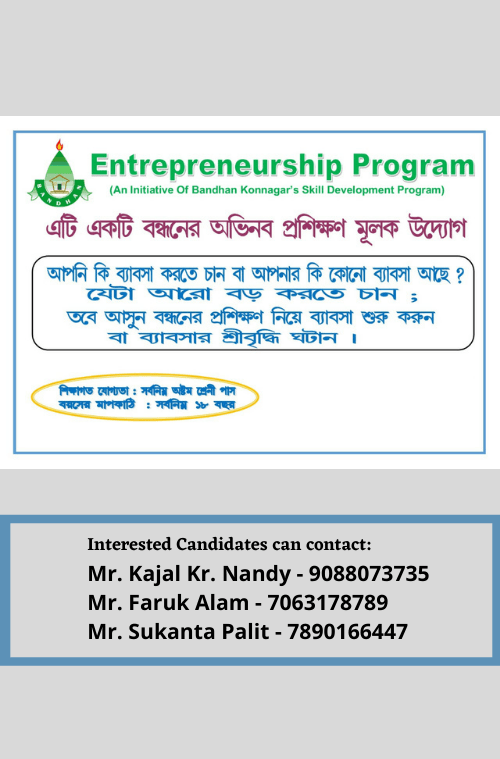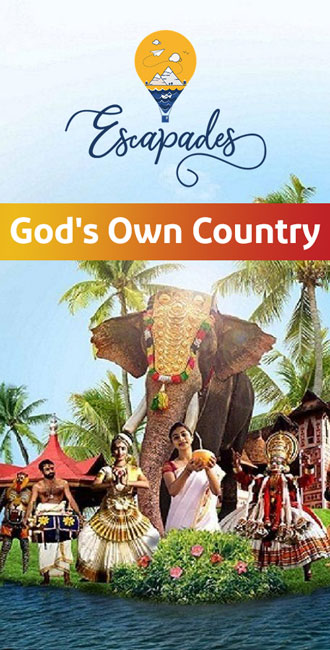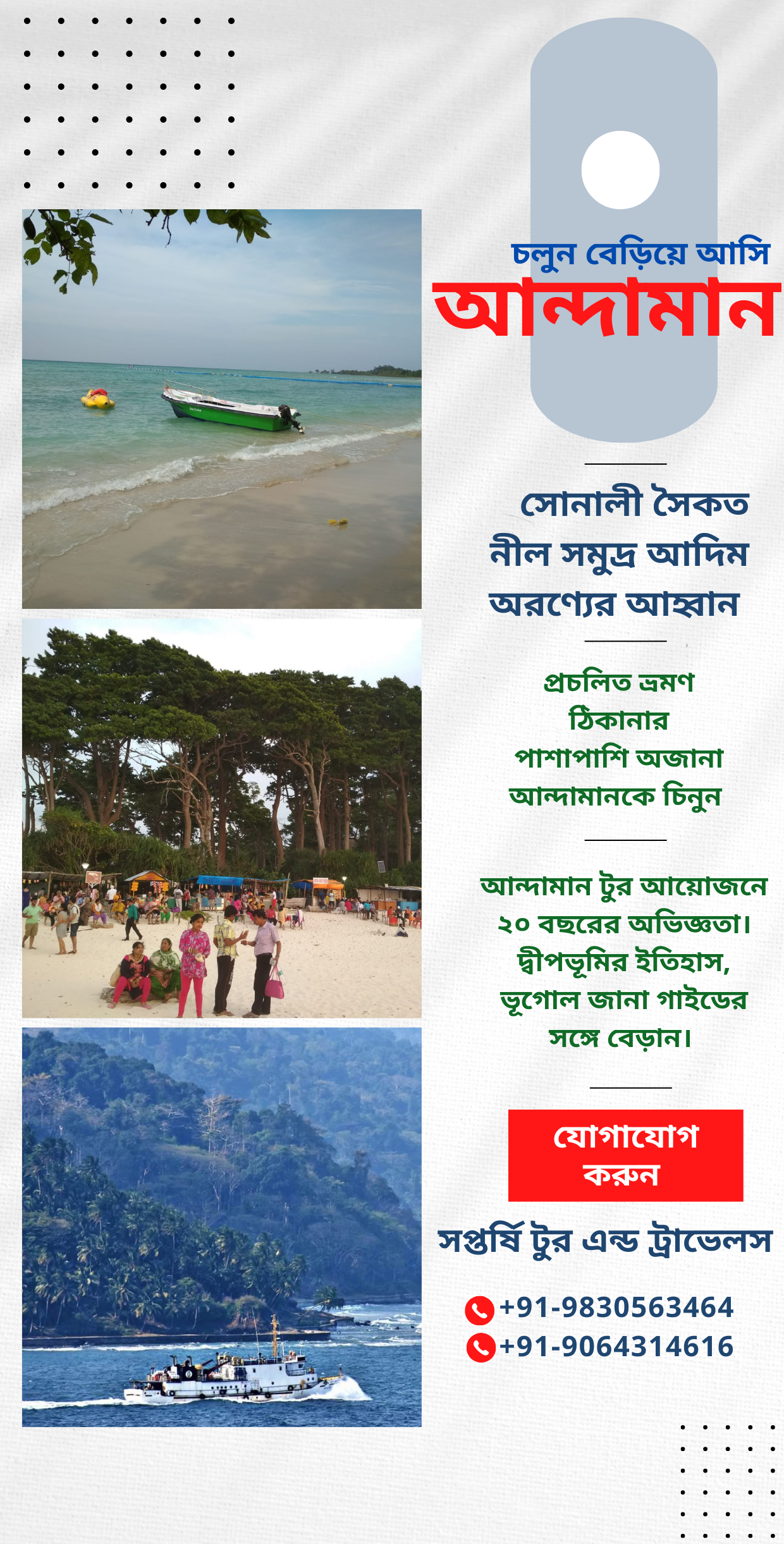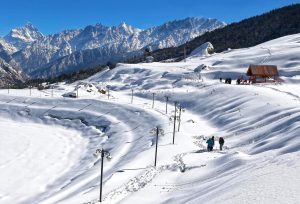Dr. Kunal Mukherjee is currently a senior lecturer with the department of PPR/Politics-Philosophy-Religion at Lancaster University, England, UK. Trained firstly as a historian from Presidency College Calcutta and then as a political scientist from the University of Nottingham, UK, he has a special interest in the history, politics, international relations and security of the Asia Pacific region. The author of two books, ‘Race, Religion and Ethnicity in Conflict Across Asia’ (2021) and ‘Conflict in India and China’s Contested Borderlands: A Comparative Study’ (2019) and over thirty single authored refereed academic journal articles and book chapters, his research has taken him to some of the most amazing parts of Asia, especially in the Indian subcontinent. The present article provides readers with a quick overview of some of the places that he has visited for his research.

As a university academic working on the Asia Pacific, I have had the privilege to travel to some of the most amazing parts of the world, especially in the Indian subcontinent. As a political scientist working on Indian border security, the Himalayas as the highest mountain range in the world, has always attracted me, especially with its strong presence of Tibetan Buddhism, prayer wheels and prayer flags. I have travelled to places like Gangtok, Ravongla, Namchi and Pelling in Sikkim, Darjeeling, Kalimpong and Dooars in north Bengal, Nepal, Ladakh, Kashmir and different parts of the Indian northeast (Shillong in Meghalaya, Imphal in Manipur, Kohima in Nagaland and Guwahati in Assam).
The aim of this article is to give readers a quick overview and some of my initial thoughts on some of the places that I have recently visited in Asia. Whilst there is a heavy focus on the Himalayan region in the first half of the article, I cover other parts of western and eastern India as well as China and Indonesia in the second half. This article is not meant for the specialist traveller but for anyone who has a general interest in different parts of the Asia Pacific.
If Kashmir is seen as the starting point of the Himalayas in the extreme northwestern part of the subcontinent, then the Indian northeast, which is geographically located in the eastern sector of the Himalayas, could be seen as the end point.
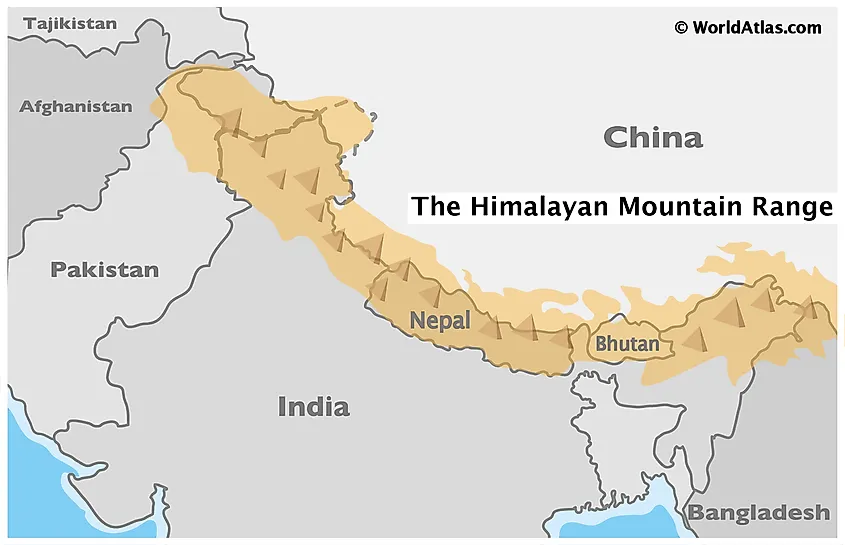
In Kashmir, one gets to see breathtaking views of snow-capped mountains whereas in the Indian northeast the hills are not as high as those in Kashmir but there’s much more variation in colour when it comes to natural beauty. Local Kashmiris are extremely hospitable which makes your travel experience all the more pleasant. For instance, they will go out of their way to help you with directions and provide you with other pieces of information.
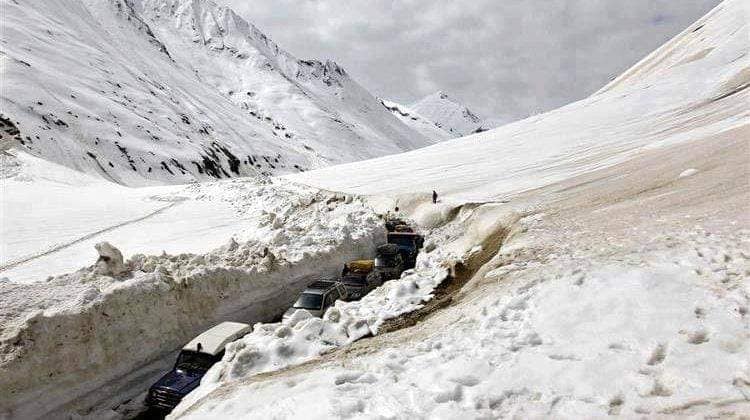
The northeast whilst very impoverished and not as popular as Kashmir as a tourist destination, is still very picturesque. In this connection, the Loktak Lake in Manipur and Shillong deserve special mention. Shillong, often called the ‘Scotland of the East’ has traditionally been a very popular tourist destination especially with middle class Indians. I am personally against the title ‘Scotland of the East’, because I do not think any western reference points are required in this context and Shillong’s natural beauty should be celebrated in its own right, without comparing it to anything western or measuring it against anything that is western.
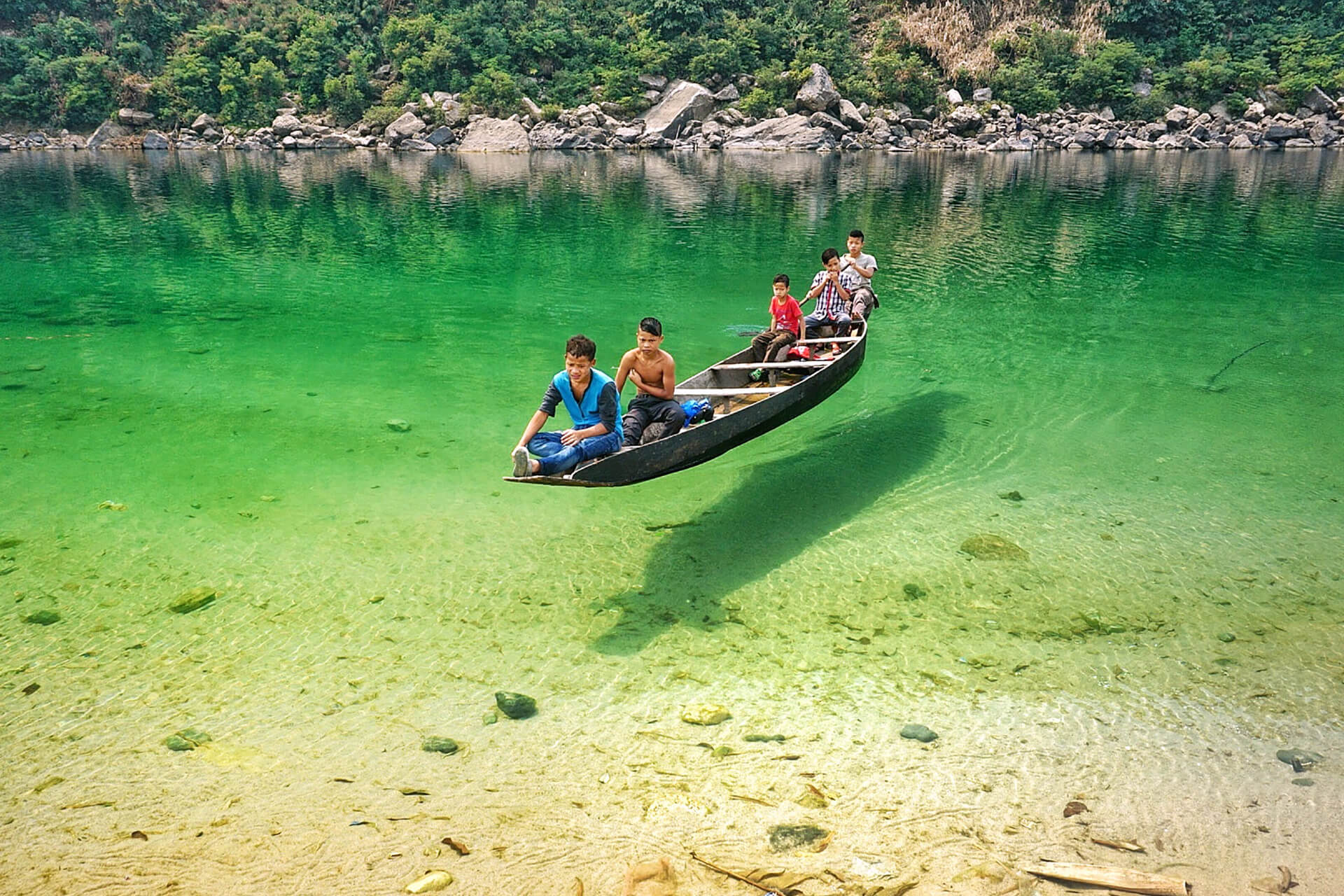
In an age of ‘Decolonising the Curriculum’, which I am actively a part of, these expressions and western reference points are totally unacceptable. Moreover, having visited different parts of Britian, to me Shillong and Meghalaya more generally resembled Derbyshire’s Peak District and not so much Scotland. Needless to say, the title, ‘Scotland of the East’ was imposed by imperial Britain, when Britain ruled India.
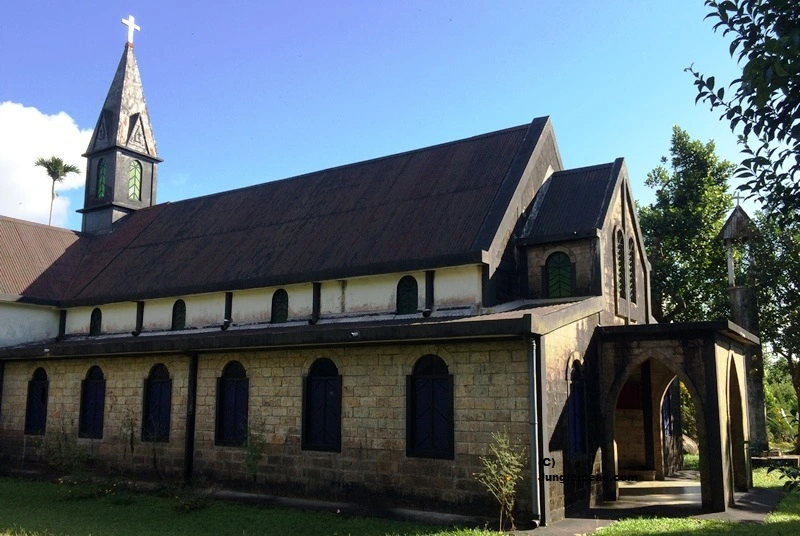
Shillong is an ideal place for tourists not just because of its natural beauty but also because of its history. Shillong’s colonial buildings, churches and cathedrals, the Laitlum canyon, the caves at Cherapunji, the river at Dawki that separates India from Bangladesh are amazing places to visit and a must see for any traveller especially interested in tribal culture of India’s northeast. The Don Bosco Museum in Shillong deals with the different tribes of the northeast focusing on their food, culture, festivals, dress and way of life, all of which I found very educational, enriching and eye opening.
Recently, I also visited Uttarakhand and Dharamshala in Himachal Pradesh which were equally interesting. If one flies from Kolkata, the nearest airport to Dharamshala is Amritsar and then a taxi should take about six hours to reach Dharamshala. The taxi ride firstly crosses large parts of the Punjab which is predominantly flat but once you are in Himachal Pradesh, the geographical landscape changes completely. Dharamshala gets quite cold in the evenings especially after 8pm even during months like April, when you would not expect it to be that cold.
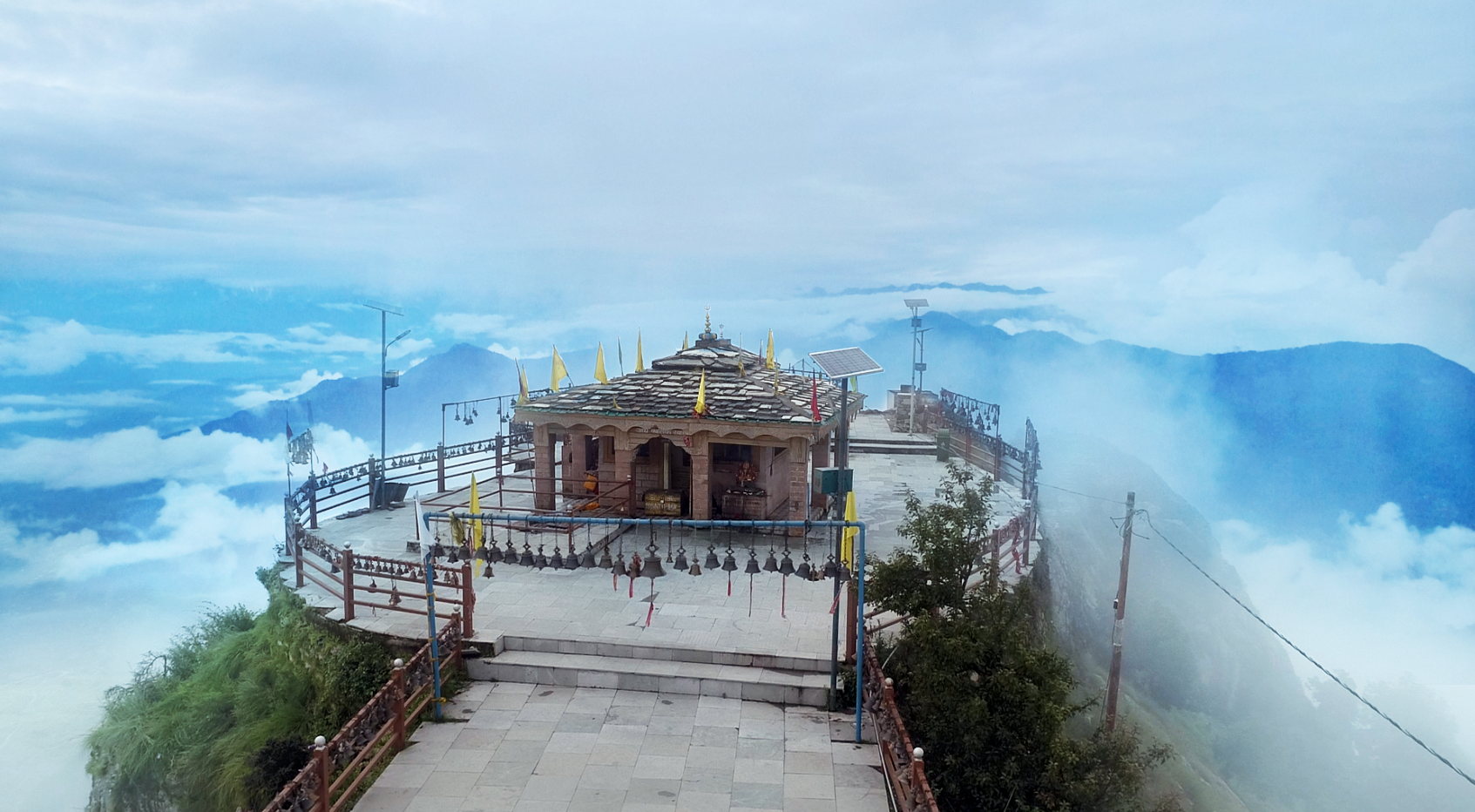
My flight reached Amritsar at about 4 in the afternoon so by the time I got to Dharamshala it was quite late in the evening. When you approach the hill station at night, you get to see the glittering lights of the city from afar, which is a sight to see and reminds you of other Indian hill stations like Darjeeling, Mussoorie etc. if you have visited them especially at night.
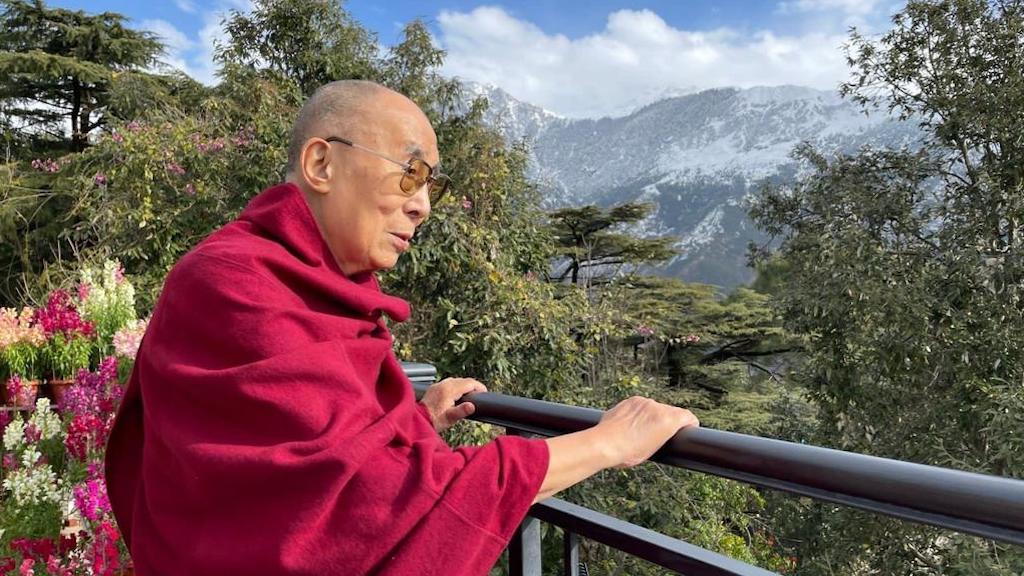
The street that leads up to the main Dalai Lama temple in Dharamshala has food stalls on either side as well as shops selling all kinds of amazing Buddhist
handicrafts and Kashmiri shawls. Some of the curio shops here are the best in the world.
You will find the most exquisite statues of the Buddha in different poses, Tibetan dragon masks, Tibetan lamps, and images of other gods and goddesses from the Hindu pantheon.
Maggi, Momo’s and soup are some of the popular roadside dishes that tourists enjoy throughout the day.
Uttarakhand is equally interesting and impressive. From Kolkata, one can fly to Jolly Grant airport in Dehradun, which is the capital city of the province. It will take a few hours in a taxi before one reaches Mussoorie, which is where I was based when I was there. Mussoorie, also known as the Queen of Hill Stations, offers some of the best views of the Himalayas especially if your hotel is located on the main mall road. Most of these Indian hill stations have a mall road which is the centre of attraction. If you want to get away from the hustle and bustle of the mall road you will find hotels not too far from the centre. Mall road in Mussoorie is also called Library chowk.
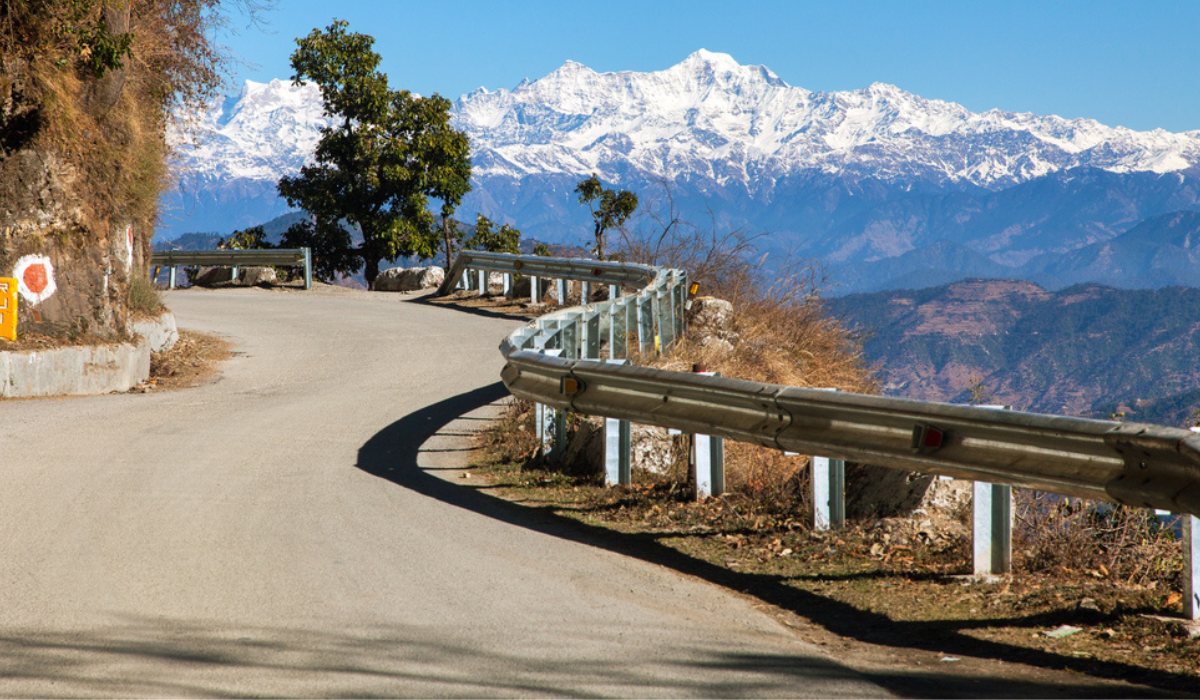
One of the main attractions of Mussoorie is the Dalai Hill, which is peaceful and right on top of the hill there is an impressive statue of the Buddha. From this point you can see breathtaking views of Uttarakhand.
This statue reminded me of the statue that I had seen at the Buddha Park in Ravongla in Sikkim. It also reminded me of the great statue of Guru Padmasambhava in Namchi, which is in south Sikkim. Whilst the Buddhist statues in Sikkim might be on a grander scale, the statue on top of Dalai hill in Mussoorie was still very impressive. Given that it is in an isolated part of Mussoorie, one can use this place for mediation and contemplation. The serene expression on the Buddha’s face does not go unnoticed and helps you to relax. The Dalai hill is also not as commercialised as the massive Buddha Park in Ravongla, Sikkim.
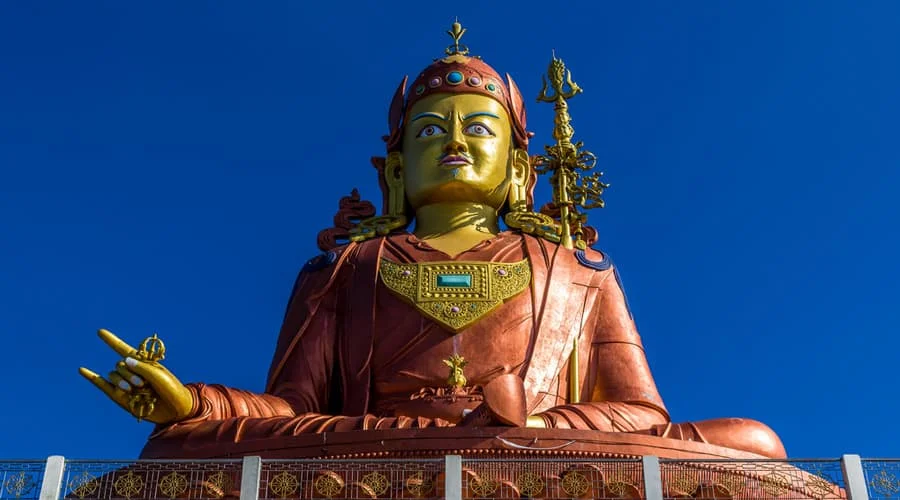
The statue of Guru Padmasambhava at Namchi in south Sikkim is of course less commercialised and the overall ambience here is more placid like the Dalai Hill. Not far from the Dalai hill is also a Buddhist temple and monastery. Other places to visit in Mussoorie include Lal Tibba where tourists often go for their morning and evening walks, Company Garden, Kempty falls etc. Kempty falls was quite interesting. Although most tourists go to experience the waterfall, what caught my eye was the flights of stairs that you had to go down before you actually reached the main bit of the waterfall. One must go down a flight of over 200 stairs before one reaches the main point where tourists are bathing and having fun in the water and doing all kinds of water sports. What makes this massive flight of steps so interesting are the shops on either side selling beautiful wooden show pieces and other traditional items from Uttarakhand. There are also tea stalls here where you can get a bite to eat.
Dehradun is known for its forest research institute and when one travels from the airport to Mussoorie, one gets to experience the mysterious and magical beauty of these forests. The colours of the trees are amazing and when I was there it reminded me of England during the autumn. The variation in colour of the leaves from green to orange, brown and yellow makes you think you are travelling through some country in the northern hemisphere rather than in India. Dehradun also has other attractions like Gutchu pani, a couple of Buddhist temples and monasteries and other well-known sites for Hindu pilgrims. The Hindu temples here, as they are elsewhere in India, are not as clean as the Buddhist sites. Overall, the city appeared welcoming, clean and organised.
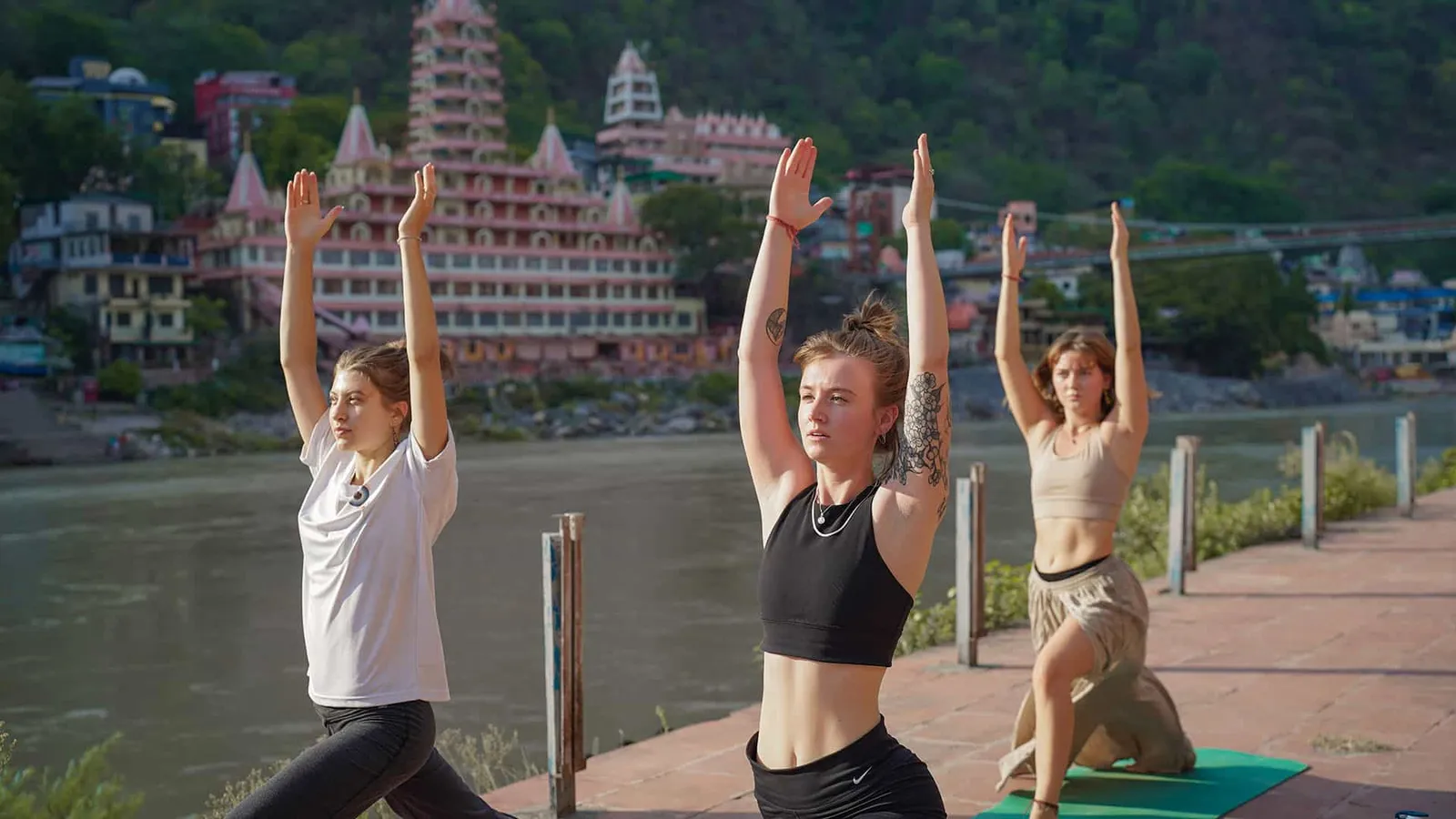
Whilst I was in Mussoorie, I also took several trips to Rishikesh, Hardwar and Devprayag. These places are all strongly associated with Hinduism especially Lord Shiva, who is generally seen as the embodiment of masculinity and what the average Indian woman should strive for if she wants marital bliss. The standing and seated statues of Lord Shiva in Haridwar and Rishikesh were very impressive, and the colour of the Ganges is a distinct turquoise. This stands in contrast to the colour of the Ganges when it reaches Bengal. Haridwar was heaving with local pilgrims whereas the world’s yoga centre, Rishikesh was a bit more international with a strong presence of western travellers. On a slightly negative note, the traffic in Mussoorie and Uttarakhand more generally was horrendous.
The only places that I have still not visited in the Himalayas include Bhutan and Arunachal Pradesh. This is on the top of my to do list when I next go out travelling to the Himalayas.
Ladakh and Nepal were equally impressive. Ladakh appeared a bit deserted especially when compared with the other Indian hill stations.
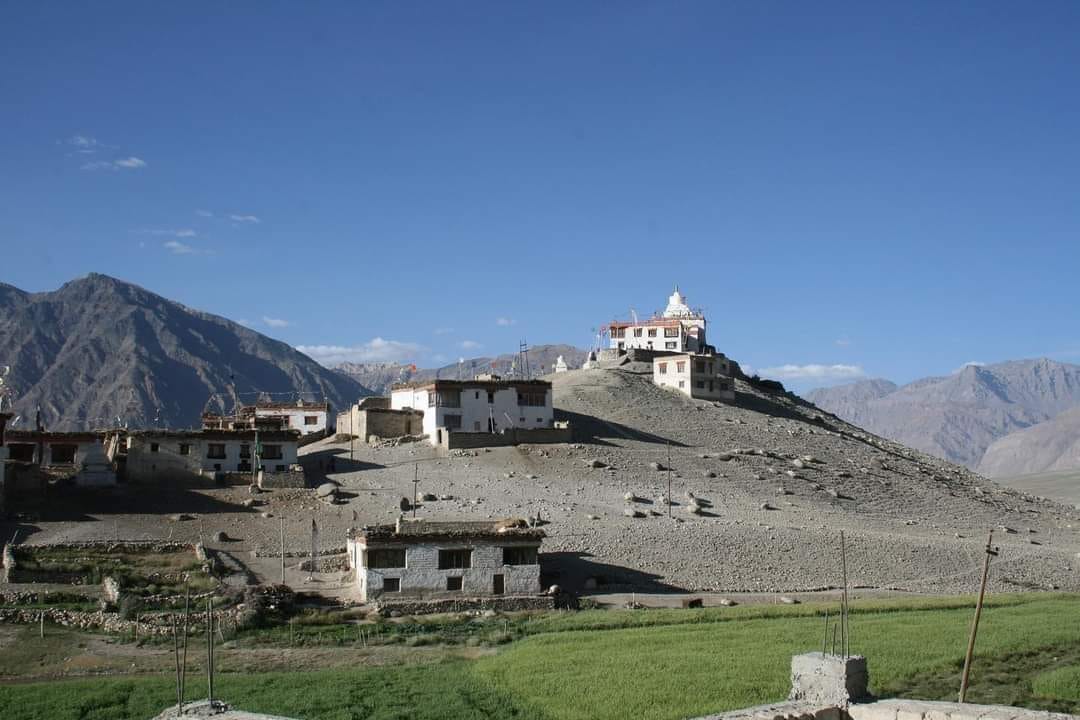
There are many ancient Tibetan Buddhist temples and monasteries here which one must visit. The Hemis monastery deserves special mention. Given its geographical proximity to Tibet or the Tibetan Autonomous Region or Xizang, one almost feels as if one is in the PRC/People’s Republic of China, rather than in India. Given the authoritarian nature of Chinese politics and the restrictions on tourists visiting China’s contested borderlands, one can come to Ladakh in India where there is more political freedom and freedom to travel if one wants to experience Tibetan culture, without actually going to Tibet.
The capital city of Ladakh is Leh.
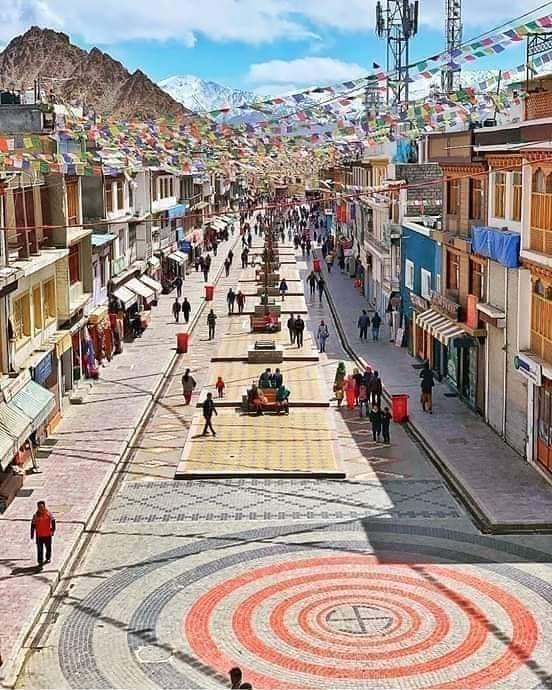
To get to Leh, one can take a fligh from New Delhi and it takes less than two hours. The scenery here is quite dramatic and the airport is not very far from the city centre so the taxi ride should not cost a lot. In Ladakh, you will see statues of the Buddha on hill tops. This trend of building Buddhist statues in public
spaces has also been carried forward in Nepal. Let us now move onto our next destination Nepal.
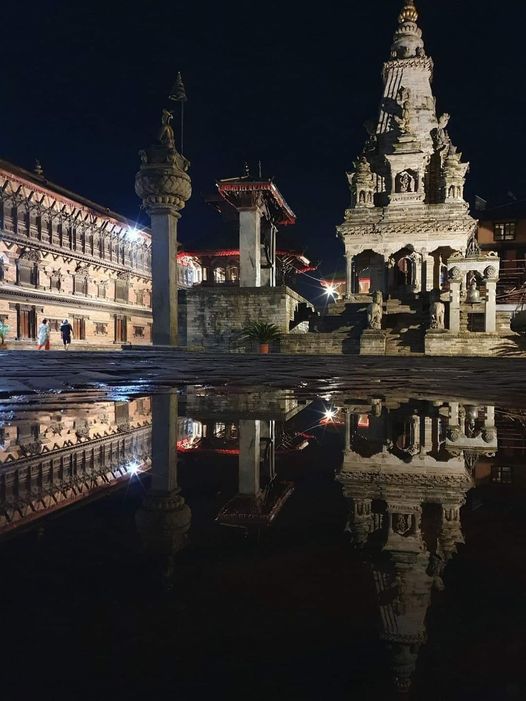
Nepal located in the central Himalayas is worth a visit. Although very poor from an economic standpoint, the country has a lot to offer to the average Indian or western tourist. Given that Nepal is sandwiched between the two rising Asiatic giants, India and China, Nepal has embraced and intertwined cultures from both South Asia as well as East Asia. Nepal is probably one of the best examples of syncretic culture where it combines Indian culture with Chinese traditions. This can be easily seen in the temples located in Kathmandu, Patan/Lalitpur, Bhaktapur and elsewhere. Whilst these are all Hindu temples, the exterior of the temples are constructed somewhat in an east Asian pagoda style, which is not in keeping with architectural traditions of northern India.
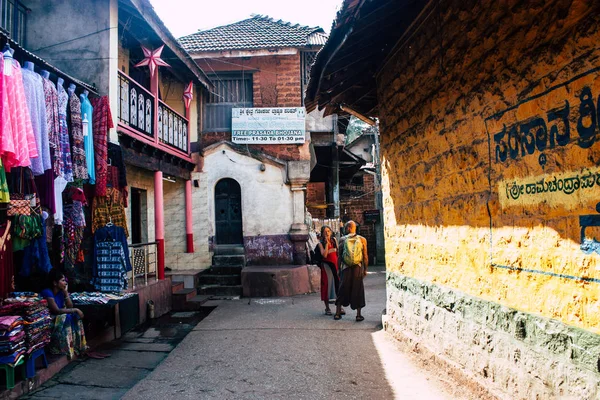
When one lands in the main airport at Kathmandu one is immediately impressed by the massive statue of the Buddha where it says, ‘Welcome to the Land where Lord Buddha was born’. The Thamel market in Kathmandu is a bit like Kolkata’s New market, where one gets to see some amazing curio shops selling not only exquisite Buddhist statues, wall hangings and Thangkas but beautifully hand crafted wooden masks of Kal Bhairav. Known for the three Nath’s, Boudhanath, Pashupatinath and Swayambhunath, Kathmandu welcomes a lot of tourists from both western Europe as well as from India.
The Boudhanath stupa is this massive hemispherical domelike structure that contains relics of the Buddha and the path around it is somewhat circular. Along this circular path you have shops selling silver jewellery, statues of both Hindu and Buddhist gods and goddesses, traditional wooden Nepalese masks etc. The pashupati Nath is dedicated to Lord Shiva and Swayambhu Nath or the Monkey temple is very symbolic of Nepal’s syncretic/hybrid culture that shows a coexistence of Hinduism and Buddhism.
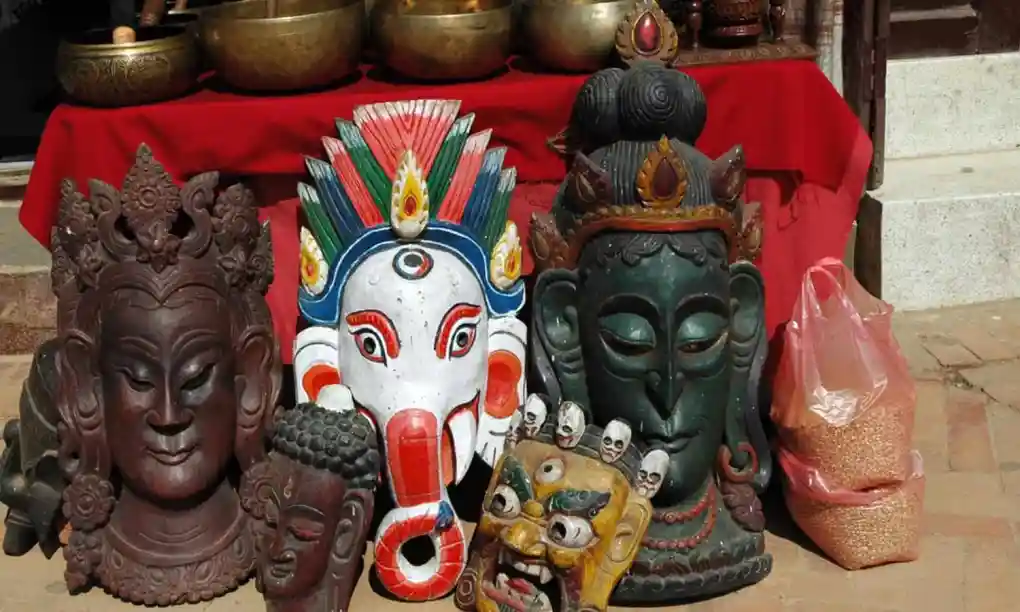
Chinese influence here in Nepal is very strong and it has been argued that China has been actively helping Nepal economically so that Nepal does not gravitate towards India, which China sees as a threat, although the cultural commonalities between India and Nepal are very strong and go back a thousand years. When one travels to the Sino-Nepalese borders, one gets to see how active the Chinese have been especially in investing in infrastructure projects. A lot of the public signages here are actually in Chinese and not in a local Nepali language.
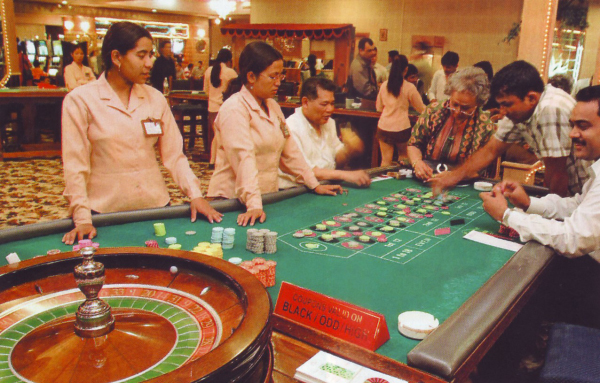
One interesting feature of Nepal was that although the traffic here is as disorganised and chaotic as Indian traffic, I got the impression that the drivers were also equally cautious and careful thereby keeping accidents to a bare minimum. Just watching the crazy traffic you would think that an accident would occur at any time, but amazingly they don’t. Whilst crossing the busy roads on multiple occasions, scooters and cars drove passed me making sure that they did not hit me, although each time this happened, I thought I was going to be hit by a vehicle and land up in hospital. Could this be the impact of Buddhism on the mindset of the local people?
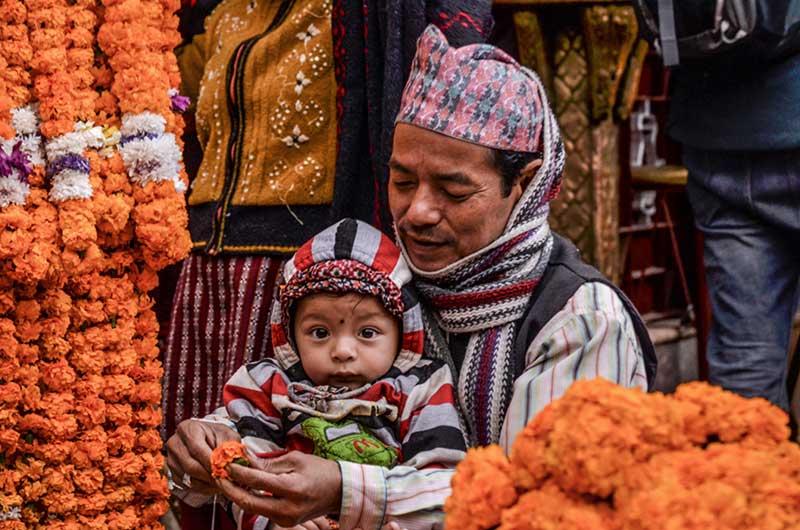
Although a poor country, local people are friendly, welcoming and hospitable. One disappointment here was of course when I tasted Momos, a very popular Himalayan dish. Momos in India taste a lot better in my view and the Buddha parks here are also a disappointment. The Buddha parks in India are far more impressive possibly because of India’s stronger economy. Finally, a place worth visiting in Kathmandu is the Royal Palace, also called Narayanhiti.
In addition to the places that I’ve visited in the Himalayas, I have also visited other parts of India including Mumbai and parts of Maharashtra, as well as India’s best kept secret, the temple land of Orissa, now spelt as Odisha.
Travels to India’s financial centre on the west coast brought me in touch with Mumbai’s cosmopolitan culture and rich heritage. As someone who started out as a student of History, what I found most interesting about Mumbai or what used to be known as Bombay was the colonial architecture left by the British.
In Kolkata or what used to be Calcutta and the capital of British India till 1911, the colonial structures are a bit scattered and not as organised as the ones in Mumbai. In Mumbai most of these structures left by the British are all in one area and within walking distance. In other words, it all appears to be very compact. For instance, Bombay University (or the University of Mumbai) is not very far from the Royal Bombay Yacht Club, the High Court, the Flora Fountain, and some of the churches/cathedrals (e.g. St. Thomas cathedral at zero point/Horniman Circle) created by the British.
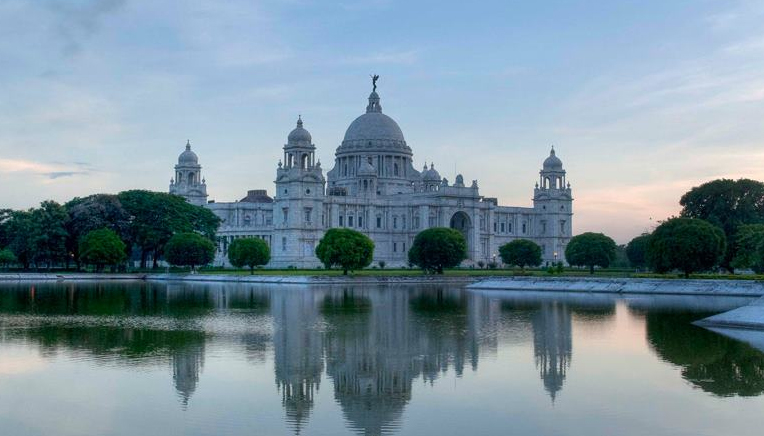
On the other hand, in Kolkata or what used to be Calcutta some of the higher institutions of learning created by the British like Presidency College, Calcutta University, Scottish Church College, Calcutta Medical College are quite far from the main British section of the city (or what used to be called white Calcutta) where you have other colonial attractions such as the Calcutta High Court, GPO/General Post Office, Victoria Memorial, St, Paul’s Cathedral, the New Market etc.
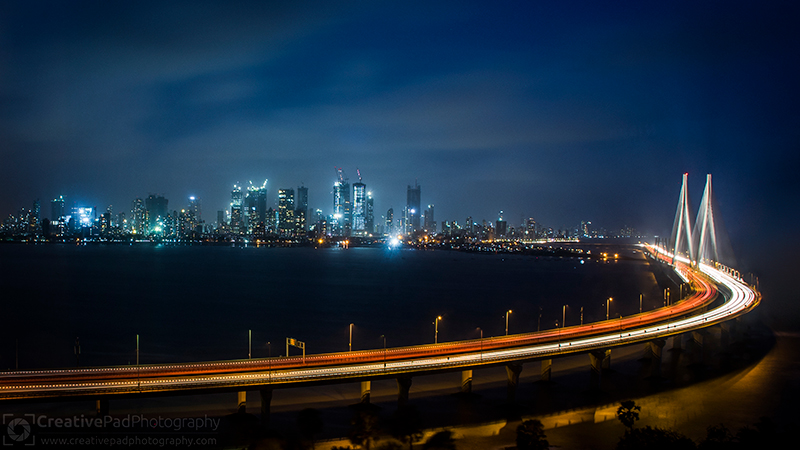
Located along the edges of the Arabian sea, Mumbai has been exposed to all kinds of external cultural influences from the West. For centuries Arab traders settled along the Malabar coast in India. After the Arabs came the Portuguese and finally the British. The west Indian coast is interestingly dotted with Portuguese forts from Gujarat till the Malabar coast. Very close to the Gateway of India in Mumbai is a visibly Islamic stretch where you get Muslim restaurants and other Islamic stores selling traditional Islamic clothes, jewellery, bits and pieces of furniture etc. At a superficial glance this Islamic stretch appeared quite affluent and flashy. Currently living in central Manchester, I am not far from a Muslim stretch that is often called the ‘Curry Mile’ in a place called Rusholme.
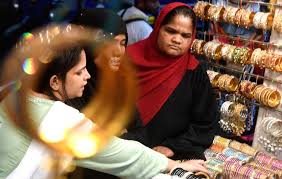
When you compare the two, Rusholme is clearly run down whereas the one in India at least appears to be quite wealthy. The Muslim presence here is also quite visible with women in Hijabs and Muslim men wearing their skull caps, which one does not really get to see in other parts of India, especially north India. The Biryani here also tastes very different to the Biriyani one gets in Muslim restaurants in north India and Bengal. Because I visited Mumbai at the end of the year, I got to see the on-going Christmas celebrations in different churches. These churches were very welcoming and It was wonderful to see how the Christian community in Mumbai were celebrating their festivals which all forms an intrinsic part of India’s heterogeneous and composite culture.
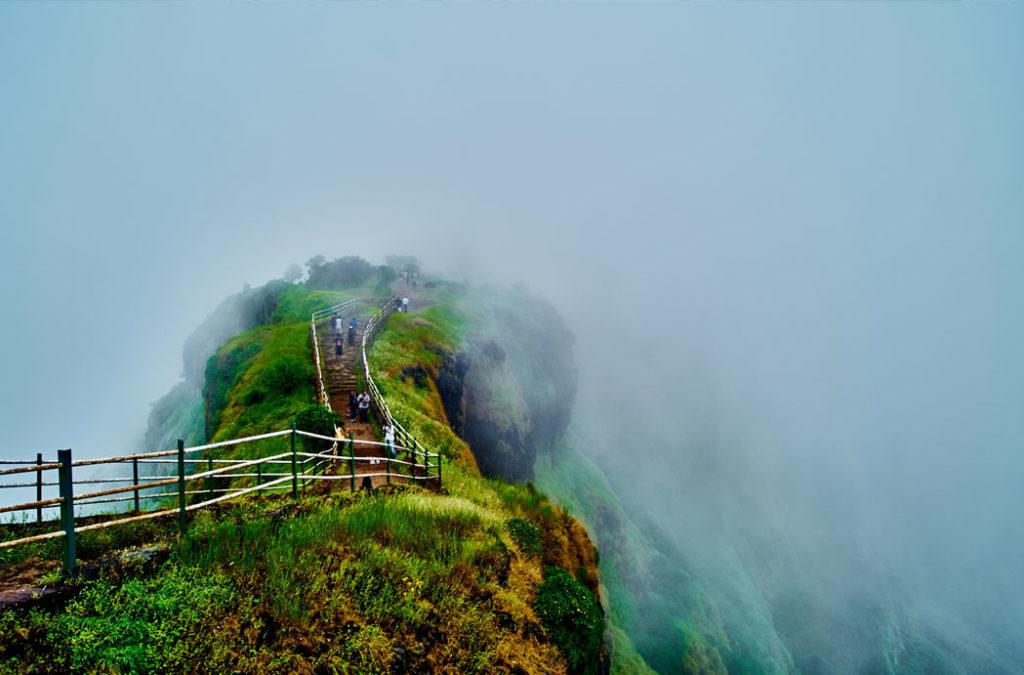
Travelling from Mumbai to Mahabaleshwar, I drove passed Lonavla and Pune which are also quite scenic. Pune is an upcoming city and Lonavla could be a mountaineer’s paradise with all its hills, lakes and natural beauty. Mahabaleshwar is regarded as the main hill station in
Maharashtra just as Bengalis have Darjeeling in West Bengal. Mahabaleshwar located in the western ghats worked most probably as the British summer capital for Bombay Presidency when the British ruled the subcontinent.
India is surrounded by mountains on all sides. We have already spoken about the Himalayas which is in the north separating India from China. On the western coast we have the Western Ghats which is a continuous mountain range and on the east coast we have the Eastern Ghats, which is a discontinuous mountain range starting from Odisha and stretching till Tamil Nadu. We’ll talk a bit about the Eastern Ghats
when we deal with Odisha later in this article. Given that I was not visiting Maharashtra during the Monsoons I probably did not get to experience the Western Ghats the way it has to be experienced to capture it in all its beauty, greenery and glory. I visited in December when it was quite dry and the greenery did not appear as green as it would have done had I visited during the Monsoons.
I personally feel that people in Mumbai are lucky to be so close to the Arabian Sea, which is far better than what Bengalis have when they experience the Bay of Bengal in Digha, Mandarmoni, Kakdweep and Bakhkali. The fishing boats, big and small, along the Mumbai coast make the scene especially attractive. However, Bengalis should feel proud of their majestic hill stations like Darjeeling, Kurseong, Mirik and
Kalimpong nestled in the mighty Himalayan Mountain range. Mahabaleshwar, even if I had travelled during the Monsoons probably would not really have made that much of an impact on me, the way the Himalayas have. In other words, Bengal’s hill stations are better than the ones here, but of course Maharashtra’s coastline with the Arabian sea offers better sea beaches than the ones in Bengal or for that matter elsewhere on the east coast (like Puri in Odisha).
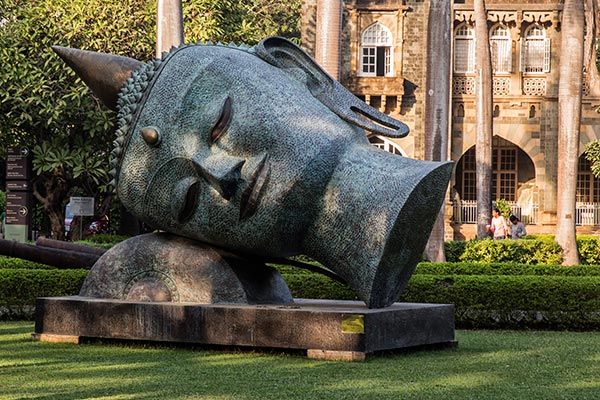
The Bombay Museum with its rich collection of artefacts is a must visit for travellers. The interior of the Chhatrapati Shivaji terminus appears to be very gothic. Although a lot of Indian tourists are interested in places like Marine Drive or the Queen’s Necklace and Juhu beach where a lot of the movie stars live, my interest in history took me to the very impressive
Elephanta Caves and Kanheri caves. The first is dedicated to Hinduism especially Lord Shiva whilst the latter is predominantly Buddhist. One must hop on a boat from the Gateway of India to get to the Elephanta Caves. It takes about an hour or a little longer on the boat.
Most of these are quite large and are double decker boats. If one sits upstairs, you obviously have to pay more. Sitting upstairs can be fun not only because of the better views one gets, but also because you get to feed the seagulls. As the boat moves further away from the coast and deeper into the Arabian Sea, the Bombay skyline begins to fade. On that
note, Bombay’s skyline is most certainly the most impressive one out of all the Indian cities and Mumbai is often hailed by Indians as ‘India’s New York’. Once again, I must add, thesewestern reference points are meaningless. The Bombay skyline is not just confined to Marine Drive but goes well into Navi Mumbai or new Mumbai. The city’s airport I would sayis probably one of the best in India withbeautiful depictions of the Ajanta and Ellora caves, which a tourist can enjoy whilst waiting for their connecting flight. There are also plenty of places to eat and quite a few good book shops selling books on south Asian history, politics, art and culture.
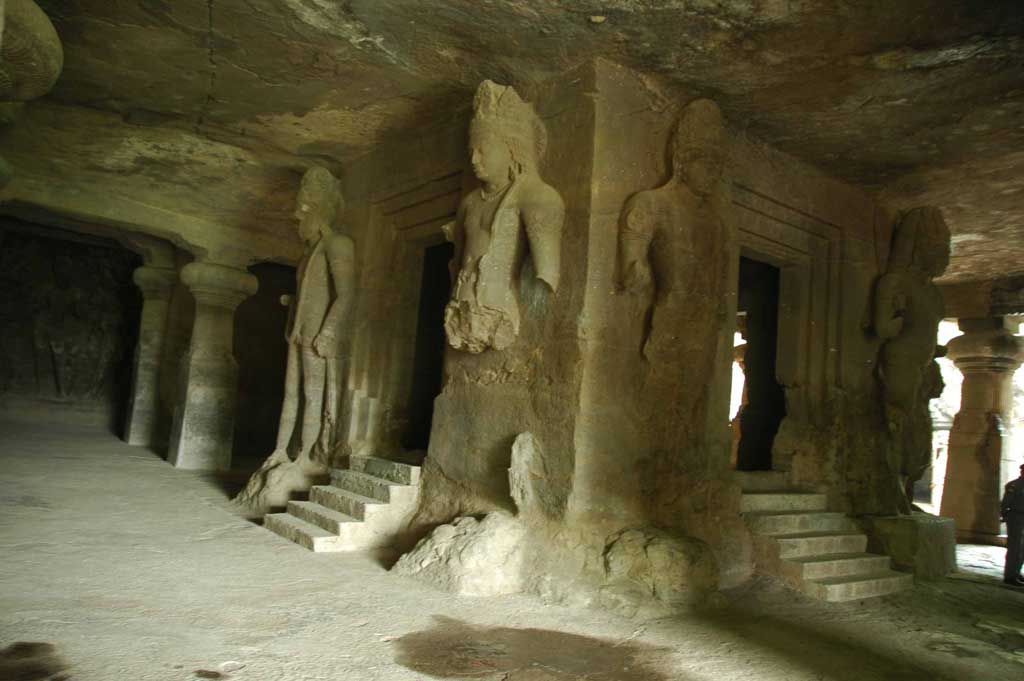
The Elephanta Caves are located on a hilly island which is covered in jungles and forest.
Once you reach the island there is a toy train that takes you till the bottom of the hill after which you will have to climb a massive flight of stairs before you reach the top. Whilst the journey can be strenuous and the scorching heat does not make things any easier, what you see when you reach the top of the hill is amazing, especially the rock cut statues of Lord Shiva and the very famous Trimurti: Brahma, Vishnu and Maheshwar or the Holy Hindu Trinity, that is, the Creator, the Preserver and the Destroyer. Destruction is required for further re-creation. As you climb up the stairs to reach the top there are shops on either side selling food and all kinds of beautiful souvenirs but the large number of monkeys in the area can make the trip a little off putting for travellers. The Kanheri Caves close to Sanjay Gandhi National Park in the city has impressive statues of the Buddha. Within the main compound here there is also a Jain temple and a deer park.
Speaking of giant Buddhist statues and European colonialism let me now take you very quickly to China and Indonesia, the dominant forces of East and Southeast Asia respectively. Whilst the Buddhist statues at the Kanheri caves are impressive especially the standing ones, they dwarf in size and grandeur when compared with the grand Leshan Buddha in Sichuan province in China. Built during the times of the Tang dynasty, this giant statue of the seated Buddha faces the confluence of three rivers. The statue has been cut from a rock mountain like the Bamiyan Buddha in Afghanistan.
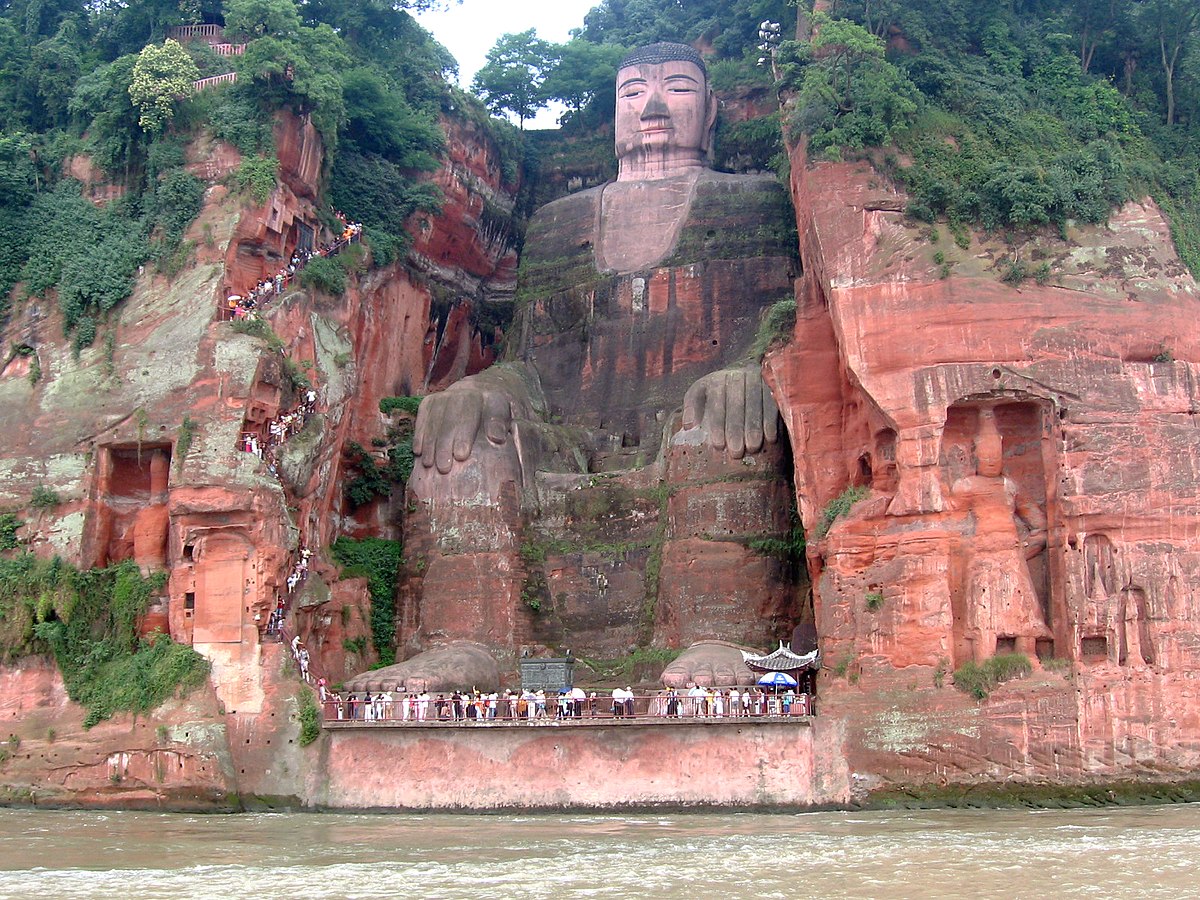
One must climb a flight of stairs and there is a landing and railings on top from where you can get a close up view of the Buddha’s face and ears. It is best not to lean on the railings too much for obvious safety reasons. There are branches, leaves and twigs sticking out of the Buddha’s ears. His ears, hands and feet are all absolutely massive. Tourists are expected to climb the hill from the back and lean along the railings when one gets to the top to see the Buddha’s profile close up. Finally, after you have gone down the steps from the front of the statue, you are taken to a boat to the middle point of the confluence of the rivers from where you can get a clearer and fuller vision of this mighty seated Buddha. I visited this site in the November of 2016 and was surprised to see the large number of Chinese pilgrims given that the PRC claims to be an atheistic state.
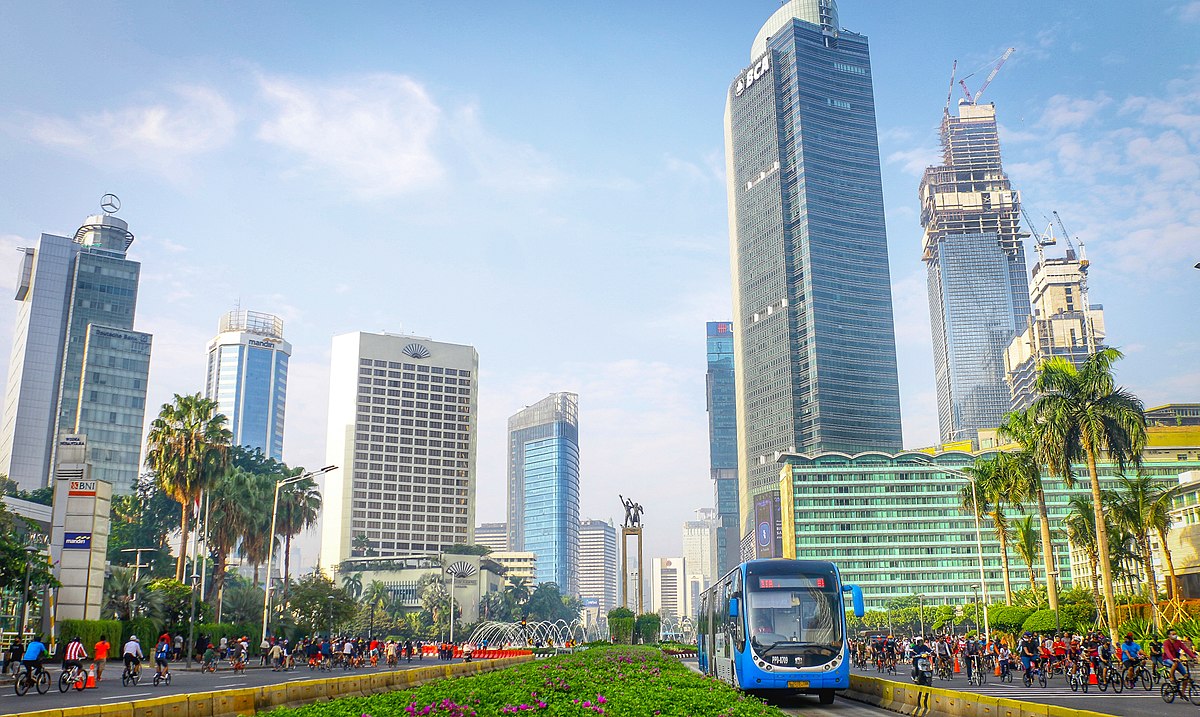
On the note of European colonialism, like India in South Asia was subjected to British colonialism, Indonesia in maritime Southeast Asia was subjected to Dutch colonialism. Just as the British ruled the subcontinent for over two hundred years, imperial Holland ruled Indonesia for a very long time and left an impact. If one travels to Jakarta as I did in 2016 one gets to see the impact the Dutch left. The remains of the Dutch colonial buildings and churches in Batavia alongside Indonesia’s expanding economy with its skyscrapers and fancy shopping malls makes it a place worth visiting.
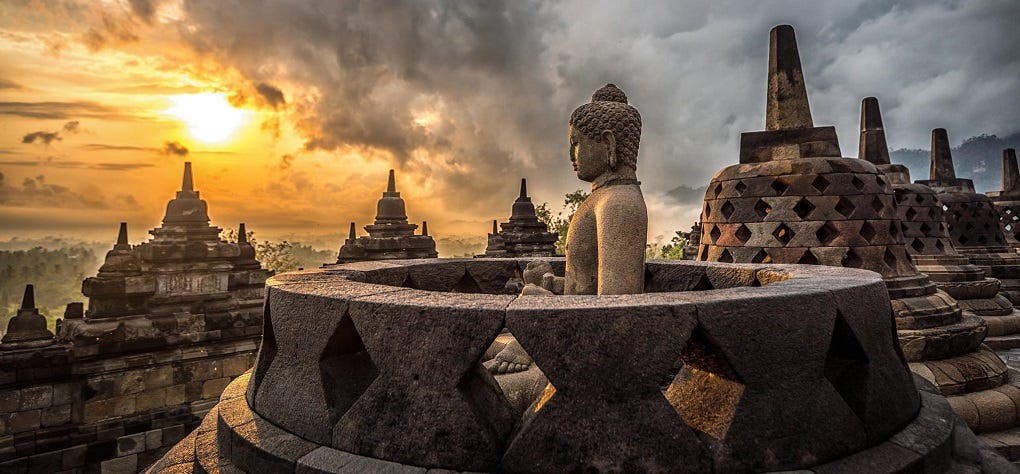
Before the arrival of the Dutch, Islam arrived peacefully through trade. This stands in contrast to the situation in South Asia, where Islam was often used as a political force and imposed top down through conquest. If one visits Jakarta one can visit the largest mosque in Southeast Asia. Before Islam arrived, India had deep civilizational influences on the Indonesian archipelago in ancient times through Hinduism and Buddhism. In this connection, the Borobudur and Prambanan temples deserve special mention. Indonesia was seen as part of the Greater India in very early times.
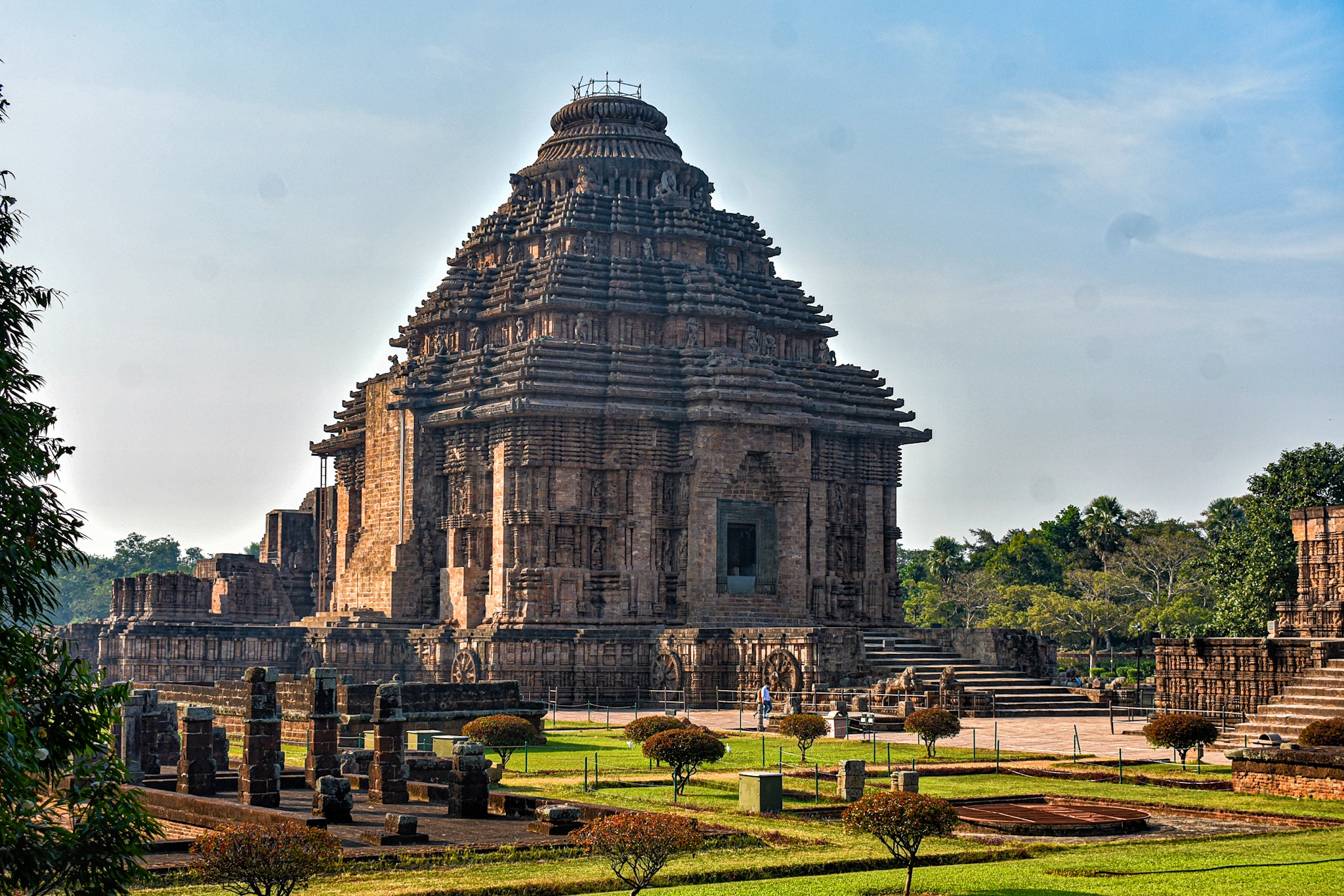
The last place I would like to cover in this article is India’s best kept secret, Odisha. This truly is the land of temples the most prominent ones being the Konark sun temple, the Puri Jagannath temple, the Lingaraj temple in Bhubaneshwar and the Raja Rani temple also in Bhubaneshwar. In my view, the best is the Konark sun temple because of its erotic sculpture and chariot like structure and the well maintained lawns and gardens outside. There are interesting souvenir shops outside the temple grounds. There is also a museum outside the temple where one can easily learn about the Sun temple’s history. The worst temple to visit from a tourist’s standpoint in my view is the Lingaraj temple. This temple has regular pujas with hundreds of pilgrims coming in everyday to offer puja. The temple is always heaving with people and not well maintained. Within the compound of the main temple there aremany other smaller shrines that may be of interest to tourists. The raja rani temple in Bhubaneswar is well maintained and charges a small fee before they allow you in, but once again the very famous Jagannath temple in Puri is heaving with pilgrims.
Unlike most Bengalis who come to Odisha for their Jagannath darshan and a dip in the sea, I decided to travel further afield. The best part of this trip was to travel by car along the Eastern Ghats. I travelled to Odisha during the Monsoons. Despite the short spells of showers every now and again, it was very enjoyable to travel during this time because one experience the full lush greenery of this eastern mountain range. I firstly travelled to Satkosia in the deep interiors of Odisha, and then went as far as the Gajpati district in the south close to the Andhra border.
Satkosia has an amazing national park and wildlife sanctuary where one gets to see breath-taking views of the Eastern Ghats. The wildlife sanctuary is enormous, and it took us over thirty minutes from the entrance to the main bit where one gets to see an amazing view of the hills and a river flowing through it.
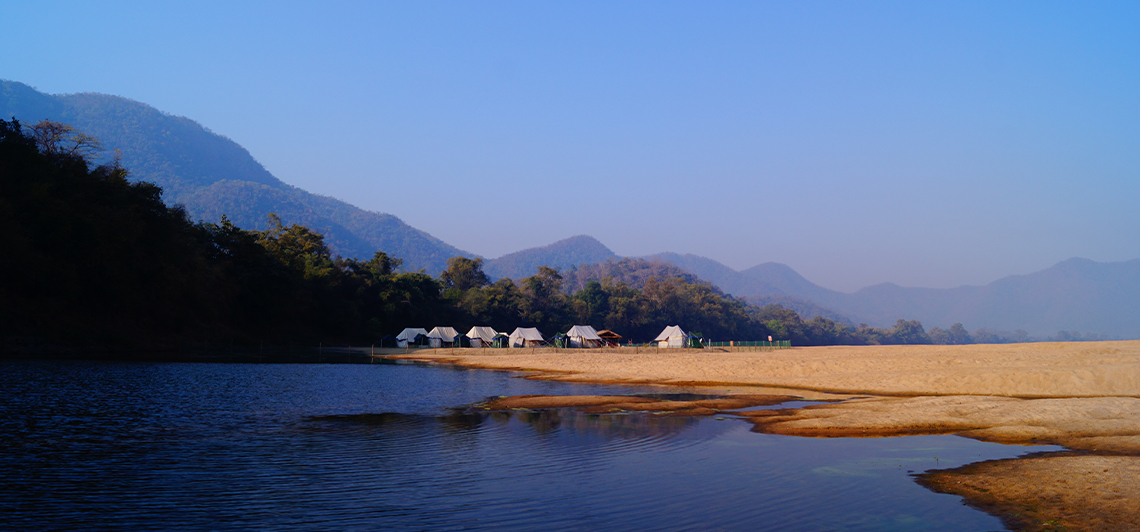
The main river in Odisha is the Mahanadi. The river is very wide and it takes a good few minutes before you get to the other side. Travelling further south to Gajpati was equally interesting given how the culture gradually gets more and more South Indian especially Andhra in style, and less and less Oriya/Odiya. A lot of the public signs appeared to be in south Indian languages possibly Telugu, and not Oriya.
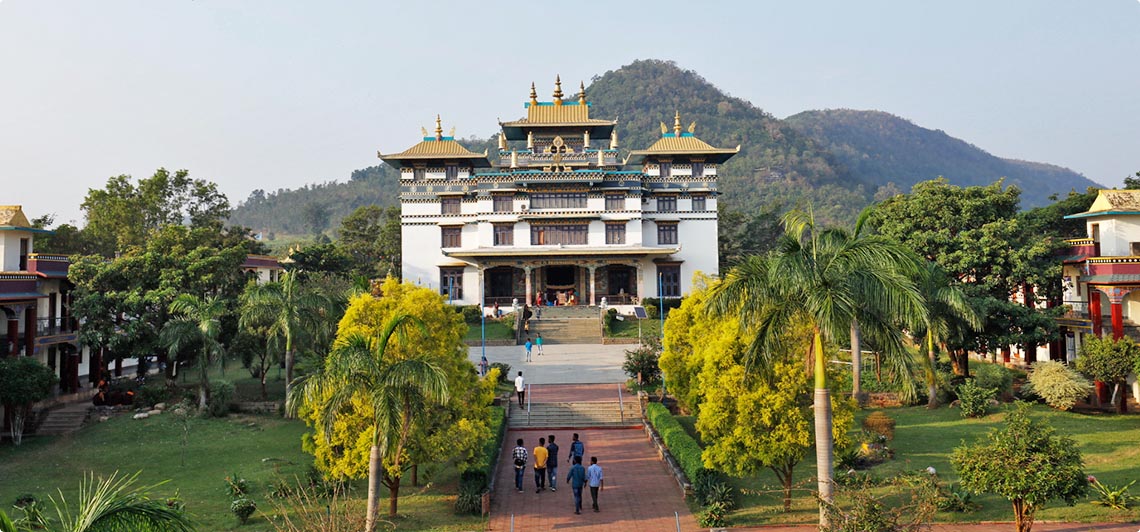
The reason I went to this part of Odisha was to visit the Tibetan Buddhist temple at Jiranga. The Buddha here is flanked by lesser deities from the Buddhist pantheon on either side. The main Buddhist temple remains closed for about an hour during lunchtime from 1-2pm after which it reopens. There is a lake in front of the Buddhist temple where one can go for a stroll. Interestingly, when I was there, there was a car parked just outside the main temple compound, which had, ‘FREE TIBET’ written in bold on its rear glass window.
Trips to the Buddhist sites at Lalitgiri and Udaigiri on Odisha were equally interesting not just because of the ancient Buddhist remains but also because of the surrounding scenic beauty. The caves at Khanda giri were equally impressive as was the Shanti Stupa or Peace Pagoda where one gets to see a historical rock edit from the time of Emperor Ashoka who was influential in spreading Buddhism during his time particularly after the Kalinga war. Finally, a trip to Odisha would not be complete if one did not visit the village towns of Pipli and Raghurajpur, both of which are close to the capital city Bhubaneswar, and are well known for their handicrafts.
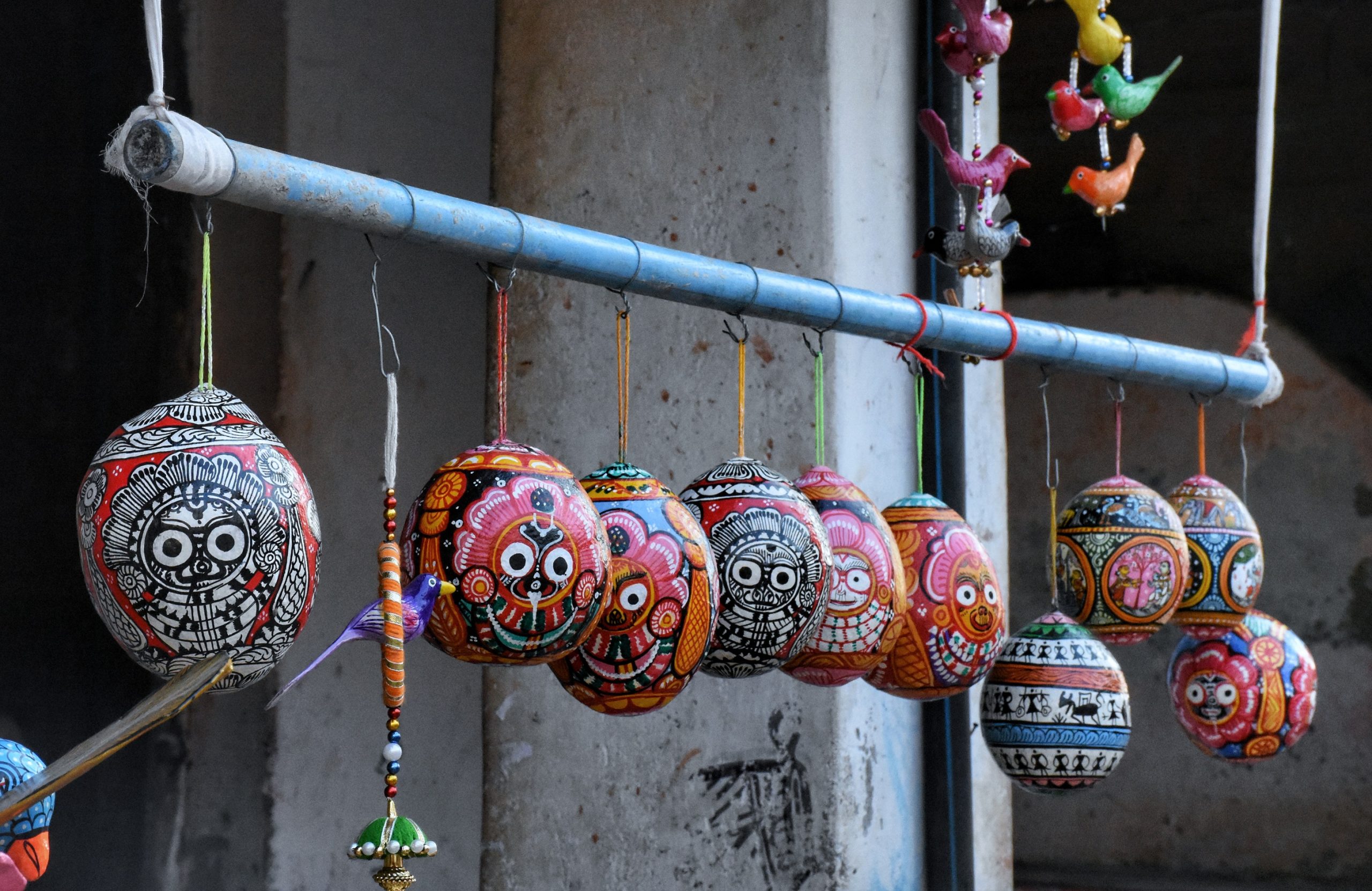
I hope I have now managed to give you a snapshot and quick overview of my travels.
Readers may of course have views about these places that are different to mine. As travellers and tourists our views are subjective, and nothing is set in stone. When we visit the
same place a second and a third time, our views about the place may very well change, but hopefully this article gave you some idea of what my initial thoughts were whilst I have been travelling in South Asia and beyond.
Enail: k.mukherjee1@lancaster.ac.uk


